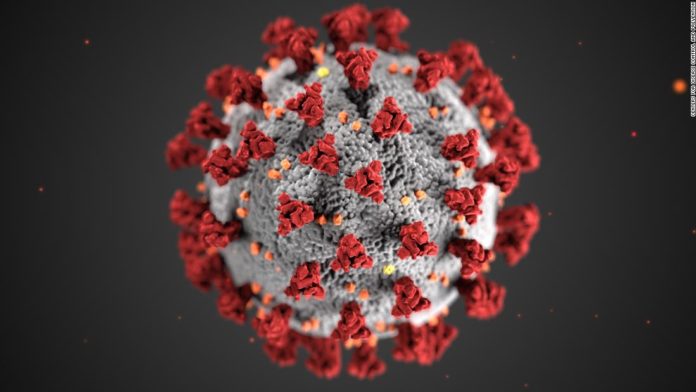Stocks are “see-sawing” again today as investors digest unemployment data and a new batch of Covid-19 hospitalizations.
Coming off Tuesday’s surge, the market fell slightly on Wednesday and opened lower this morning. The major indexes then turned positive just before noon, and now, the Dow (-0.10%) and S&P (-0.10%) are flat on the day. The Nasdaq Composite (+0.40%), meanwhile, is trading at a small gain.
U.S. weekly jobless claims – clocking in at 1.508 million – surpassed the consensus estimate of 1.3 million last week, giving investors pause. It’s an especially disappointing “beat” after a stunning May jobs report, released back on June 5th, sent bulls into overdrive.
“While initial claims have now fallen for the 11th straight week after the late March spike, this past week saw the slowest pace of decline on a percentage basis since early April so we’ll see if this is where it settles out for now,” Peter Boockvar, chief investment officer at Bleakley Advisory Group, said.
Also intensifying market uncertainty is the much-feared Covid-19 resurgence. 23 U.S. states are experiencing rising case numbers. According to scientists at the Children’s Hospital of Philadelphia and the University of Pennsylvania, Florida has “all the markings of the next large epicenter of coronavirus transmission.”
Dr. Jeanne Marrazzo, director of the division of infectious diseases at the University of Alabama at Birmingham, said “the potential for the virus to take off there is very, very nerve-racking and could have catastrophic consequences” due to the number of seniors living in Florida and an abundance of retirement communities.
Still, the market’s not completely cratering like it would have in months past. Investors – and Americans, in general – seem to have become desensitized to the coronavirus.
Or, they’re starting to figure out that Covid-19 isn’t nearly as big of a deal as the governments and scientists of the world once believed.
Worldometers.info, a population data tracking website, now estimates a coronavirus mortality rate of 1.4% based on antibody tests conducted in New York. When the outbreak began in China, the World Health Organization estimated a 3.4% mortality rate.
Analysts have since learned that the WHO’s initial ratio was likely way too high.
Even a 1.4% mortality rate, however, is still orders of magnitude worse than the seasonal flu, which kills about 0.1% of those infected.
The problem is that assessing the true number of Covid-19 deaths is nearly impossible. Anyone who dies while infected with the coronavirus gets added to the tally, regardless of whether the disease directly caused the death or not. If someone dies from a heart attack, but tests positive for Covid-19 post-mortem, there’s a high chance that the death will be deemed coronavirus-related in official reports.
That, along with unreported Covid-19 infections, makes pinning down the disease’s real mortality very difficult.
Confusing matters even more is the idea that increased testing has lead to an increase in confirmed cases. Residents in areas like Florida, Texas, and Arizona weren’t getting tested with the same frequency as California and New York.
Now, they are, and we’re learning that more people have been infected with Covid-19, which shouldn’t come as a surprise with ramped-up testing efforts. Instead, focusing on hospitalizations, which are also up, could be more important.
Anyone who’s sick enough will go to the hospital if they have the means to do so. In Arizona and Florida, they’re starting to get low on available beds.
However, much of this has to do with hospitals working at reduced capacity across the country. If need be, almost every state (Florida and Arizona included) can cover a surprise surge in cases.
Still, investors are closely monitoring the evolving coronavirus landscape, ready to sell should a “second wave” outbreak emerge. The better strategy could be to simply follow the market’s price action, not raw Covid-19 infection data, and make investment decisions based upon shifts in momentum.
Over the last few weeks, “buying (or selling) the news” has been an exhausting endeavor for traders. Leaving it up to the market, irrational as it may be at times, has proven far less stressful.
And, most of the time, far more successful as well.







